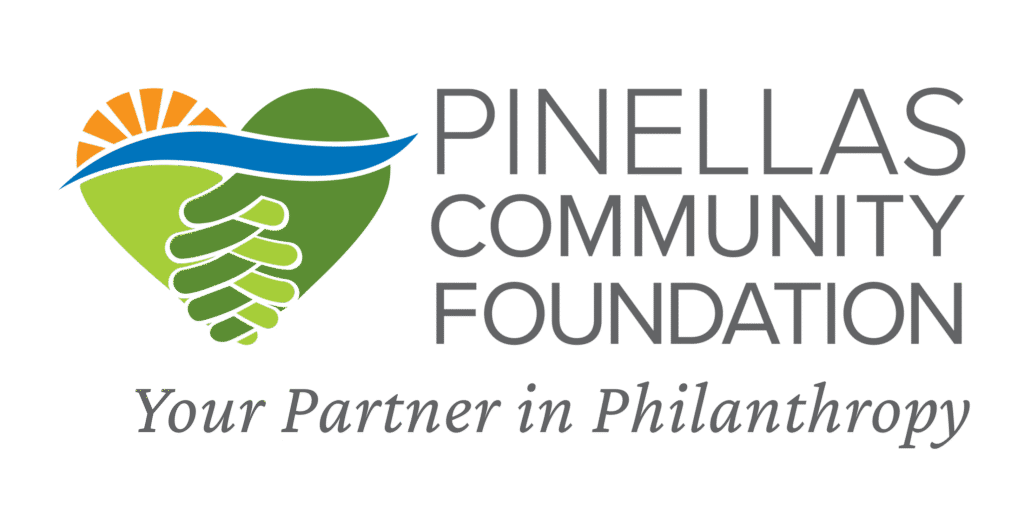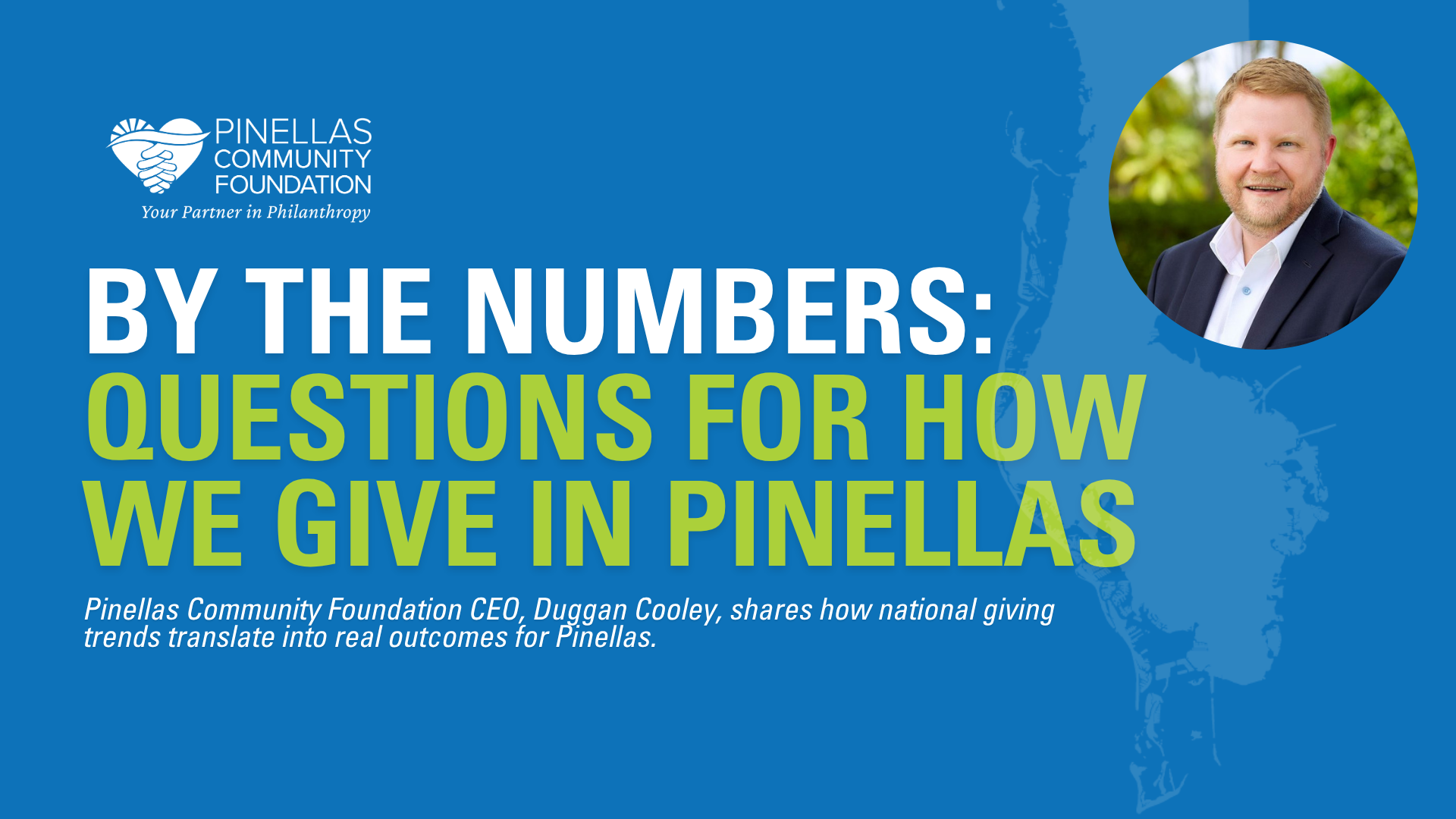A fresh wave of national data on affluent giving is out. The headlines are reassuring: generosity remains steady, many donors prefer to invest close to home, and people are finding their way back to volunteering. Good news, especially in a place like Pinellas where neighbors have always been part of the safety net.
But data can only take us so far. Numbers point; people decide. The more useful exercise is to ask what these trends are asking of us, donors, nonprofit leaders, and advisors, right here, right now.
For all of us who give
Am I close enough to see the impact?
If most giving happens locally, how local is mine? Do I know a name, a street, a school, or a pantry where my gift shows up? What would it take to move one step closer, to visit, to listen, to understand the real challenge?
Can I explain, in one sentence, what changed because I gave?
Not a slogan—an outcome. If I can’t say it plainly, do I need a clearer goal, or a clearer information?
Am I balancing the urgent with the durable?
Meeting immediate needs matters. So does stability and helping strong organizations stay strong. How much of my giving keeps the lights on, builds capacity, or steadies a program through the off-season?
For nonprofit leaders
Are we telling the truth about our capacity?
The community understands rising costs and staff burnout. Do our updates name the real tradeoffs, or do we sand the rough edges? Clear needs invite clear help.
Have we made it easy for busy neighbors to stand with us?
Volunteer roles that are specific and time bound turn “I’d love to help” into “I showed up.”
Do we report results in the language of everyday life?
Monthly “by the numbers” snapshots—people helped, needs met, lives improved—build trust. When an approach doesn’t work, saying so builds trust too.
For advisors who bring giving into the conversation
Do values have a place in the financial conversation?
Many clients want to invest in the same neighborhoods that shaped them. Are we asking the questions that surface that intent, and then structuring plans that make follow-through simple?
Are we helping families talk to each other about giving?
A short, annual conversation can align spouses, include adult children, and set a shared rhythm for local support. The plan matters less than the practice.
Do we bring local context to the table?
National trends are helpful; what works here in Pinellas is better. When advisors bring credible local options and perspective, clients make confident choices.
We can’t do everything, but we can do a few things better. Here are three commitments we can make this now:
- Choose one local priority and one relationship.
Pick a single issue—youth opportunity, food security, stability for older adults—and build one relationship with a trusted organization doing the work. Say their name at dinner this week. - Follow-up one gala for one visit.
Walk the hallway, meet the staff, ask: “What did you stop doing this year that helped the most?” You’ll learn more in an hour than in a brochure. - Build a small feedback loop.
Put a 30-minute check-in on the calendar each quarter with the organization you support. What changed? What surprised you? What will you both try next?
If we do these things, the metrics tend to follow. Closer, clearer, steadier giving makes communities more resilient, and it makes us better neighbors.
At Pinellas Community Foundation, our first job is to listen and connect generosity with solutions that work. If you’re reflecting on your next step, I’d welcome a conversation. Not a transaction, just a honest talk about what you hope your giving will do, and where in Pinellas that future is already trying to happen.



